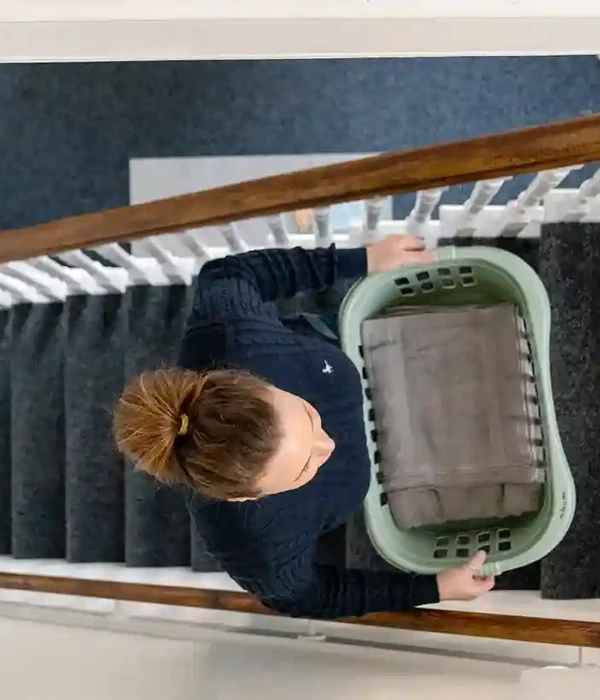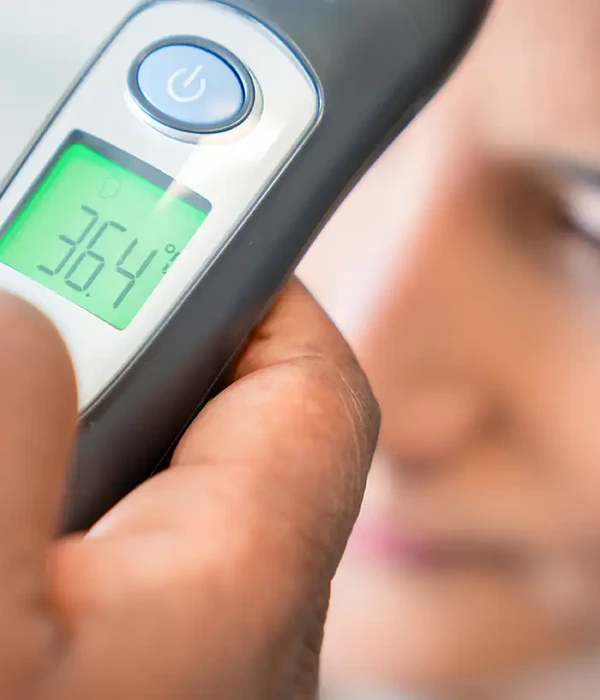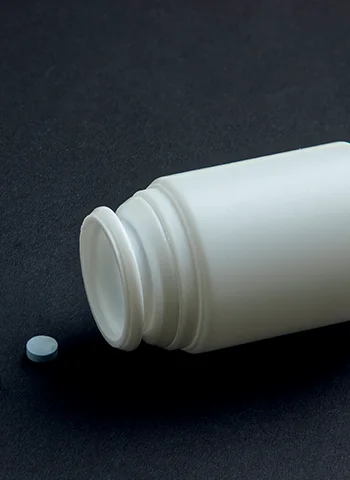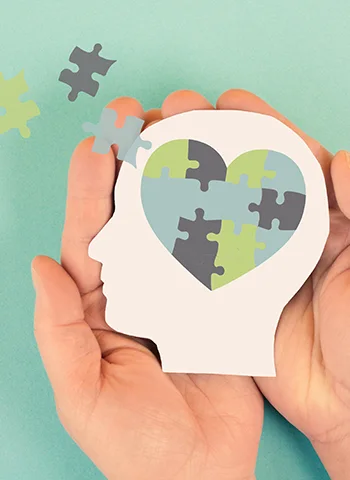Methadone Addiction Treatment
Methadone addiction treatment is a well-established and effective approach for managing opioid dependence and building a foundation for recovery. For decades, methadone has been used to support individuals struggling with heroin and other opioid addictions. By easing withdrawal symptoms and reducing cravings, it creates the stability needed to regain control of your life.
Opioid addiction treatment with methadone is often part of a broader, long-term plan that includes counselling and medical supervision. This combination not only supports your physical health but also strengthens your ability to cope with the challenges of recovery.

Take the First Step Towards Recovery
Steps Together offers personalised support and proven treatments, providing the care, guidance and encouragement you need to move forward with confidence and build a healthier future.

Understanding Methadone
Methadone is a synthetic opioid medication. In medical settings, it is often a green liquid given by prescription. It is generally used as a treatment for heroin dependence or chronic pain. It can also be prescribed in end-of-life care.
Methadone works by affecting the same opioid receptors as drugs like heroin, but its effects are more controlled and longer-lasting. Used properly, methadone helps reduce withdrawal symptoms, cravings, and the risk of relapse. However, it should only be taken as prescribed by a medical professional.
Development of Methadone Addiction
While methadone is helpful for many, it still carries a risk of addiction if not carefully managed. Addiction can develop if you take more than prescribed, use it without a prescription, or mix it with other substances. Methadone acts on the same brain pathways as other opioids, so the same potential for opioid use disorder exists.
You might notice signs of an addiction to methadone if you have cravings, need more of the drug to feel its effects, or struggle to cut down despite wanting to stop. Left unchecked, methadone addiction can be just as disruptive as addiction to heroin or painkillers.


Risks of Methadone Use
While methadone can be effective for treating opioid dependence, it does carry certain risks. These include drowsiness, dizziness, and constipation, as well as the potential for dependence or misuse if not taken as prescribed. Methadone can also affect heart rhythm, increasing the risk of serious cardiac issues in some people.
An overdose is possible, especially when combined with other sedatives like alcohol or benzodiazepines. Because of these risks, methadone use should be closely monitored by healthcare professionals within a structured treatment program.
Approaches in Methadone Addiction Treatment
A successful methadone addiction treatment plan often includes a mix of therapies, practical support, and regular medical care. Choosing the best options depends on your needs, the severity of opioid dependence, and available addiction services.
Individual and Group Counselling
Individual counselling can help you understand why methadone abuse and addiction began, how it affects your life, and what changes are needed. These one-to-one sessions give you space to talk openly about triggers, goals, and setbacks.
Group therapy sessions bring people together who are facing similar challenges with opioid use. You share stories, support, and coping skills. Many find it reassuring to know they are not alone. Group counselling also lets you see problems from different points of view.
Holistic Therapies and Complementary Treatments
Holistic treatment addresses your whole well-being, not just the physical side of addiction. Popular treatments include yoga, meditation, mindfulness, and art therapy. These can lower stress, improve mood, and boost your ability to make healthy choices.
You may also be introduced to exercise routines, massage, or guided breathing exercises. Practising mindfulness or deep breathing can help you manage cravings and anxiety. Alongside counselling and medication, these therapies round out your opioid addiction treatment plan.
Behavioural Therapy
Behavioural therapy is a key part of most methadone addiction treatment programmes. It helps you look at unhealthy habits, risky behaviours, and how to change them. The most common approach is Cognitive Behavioural Therapy (CBT), which teaches you to spot negative thinking patterns and replace them with healthier beliefs.
Therapists work with you to build new routines and avoid situations that lead to methadone use. They also show you ways to handle cravings, manage stress, and prevent relapse. Behavioural therapy often includes homework, so you can practise new skills outside of your sessions.
Inpatient and Outpatient Rehab
Inpatient rehab means you stay at a rehab centre full-time, with staff support 24 hours a day. This setting is best for severe methadone misuse, when you need close monitoring or have tried other treatments without success. You have daily access to therapy, activities, and medical care.
Outpatient rehab lets you live at home and attend sessions at a clinic or community centre. It suits people with milder addiction or those who cannot leave their family or jobs. Outpatient rehab gives you flexibility but still provides counselling, group therapy, and medication management.
Other opioid addiction treatment we offer

Methadone Detoxification
A medically supervised detox can help manage methadone withdrawal symptoms and lower the risk of complications. Medical detox is usually done in a specialised facility where your health can be closely watched by professionals.
You may also receive supportive medications, such as anti-nausea drugs, sleep aids, and medications for anxiety. In some cases, doctors use other medications like buprenorphine to help you through withdrawal. Medically managed detox can provide access to immediate care if problems arise and is the safest way to begin methadone recovery.
Methadone Withdrawal Symptoms
Common symptoms include muscle aches and pains, flu-like symptoms, nausea and vomiting, diarrhoea and abdominal cramps, anxiety and irritability, cravings for opioids, and insomnia.
In some cases, you may also have an increased heart rate, goose bumps, or dilated pupils. The severity varies depending on your dose, how long you used methadone, and your body’s response. Withdrawal can last from several days up to a few weeks, which can make relapse more likely without support.

Causes and Signs of Methadone Abuse
You may be at higher risk of methadone addiction if you have a history of drug addiction or misuse of other opioids. People who take methadone for long periods or in higher doses than prescribed are also more likely to develop dependence. Other risk factors include mental health issues such as depression or anxiety, unstable living conditions, or limited support at home.
Methadone addiction can cause both physical and psychological symptoms. Common physical symptoms include drowsiness, fatigue, constipation, nausea, headaches, dizziness, breathing problems, and sedation.
As you become addicted to methadone, your body adapts to the drug. You may need more methadone to get the same effect, and you might experience withdrawal symptoms like sweating, chills, muscle aches, or agitation if you miss a dose.
Long-Term Help for Methadone Addiction
Long-term recovery from methadone addiction involves more than stopping drug use. Building a stable life requires aftercare planning, relapse prevention strategies, mental health support, and reliable communities or closed settings where you feel safe.
Aftercare and Relapse Prevention
Aftercare planning starts as soon as you finish inpatient or outpatient methadone addiction treatment. A personalised aftercare plan helps you transition from a structured rehab environment back to everyday life. This plan might include regular counselling, group support meetings, and check-ins with addiction specialists.
Relapse is a common risk in addiction treatment, especially with opioid dependence. Relapse prevention includes learning how to spot your triggers, dealing with cravings, and building healthy routines.
Support in Closed and Community Settings
Support can take place in closed settings, such as residential rehab or therapeutic communities, and also in less structured community settings. Closed settings offer routine, professional help and protection from outside triggers.
Community support, such as peer groups or outpatient maintenance therapy, helps you apply recovery skills in daily life. These settings often connect you with local services, including healthcare and addiction counselling.
Mental Health and Co-Occurring Conditions
Mental health issues, such as anxiety or depression, are common among those recovering from methadone or heroin addiction. If you have co-occurring mental health conditions, your treatment should include therapy designed for both addiction and mental health.
Integrated counselling helps you manage withdrawal symptoms, cravings, and mood swings. Psychiatric care may also be required if you need medication to balance your mental health. Addressing both problems at the same time can reduce the chances of relapse.

Overcome Methadone Abuse and Addiction Today
Methadone can be a valuable tool in treating opioid addiction, but because it is itself an opioid, careful management is essential. Without the right medical support, there is a risk of dependence or misuse, making supervised care a vital part of safe treatment.
At Steps Together, our drug rehab programmes provide the professional guidance, structure, and compassionate support needed to use methadone effectively. With close supervision and tailored counselling, we help clients move forward on their recovery journey with confidence.
Frequently Asked Questions
What are the first steps in seeking treatment for opioid dependency?
You usually begin by speaking to your GP or a certified addiction service. They will review your medical history, assess your needs, and recommend a treatment plan. In most cases, you will receive an initial prescription and regular follow-ups to monitor your progress and adjust your dose as needed.
What are the potential side effects of methadone treatment for addiction?
Common side effects may include drowsiness, sweating, constipation, and dry mouth. Some people might experience changes in mood, sleep problems, or mild breathing difficulties. Serious side effects are rare but possible. Your doctor will talk to you about risks and how to manage them.
How does methadone treatment impact psychological and social aspects of recovery?
Methadone allows you to avoid withdrawal, which helps you focus on counselling, rebuilding relationships, and returning to work or school. You may also receive support with mental health and social needs as part of your care plan. Combining methadone with these services strengthens long-term recovery.
How long does the rehabilitation process for methadone maintenance typically last?
Methadone maintenance therapy often lasts at least 12 months. Many people benefit from staying on treatment for several years, especially if they have used opioids for a long time. The exact length varies depending on your situation and your recovery goals.
Is it possible to switch from another opioid to methadone for addiction therapy?
Yes, switching from another opioid, such as heroin or a prescription drug, to methadone is common in addiction therapy. Medical staff will guide you on the safest way to transition. The process is tailored to your current health and the specific opioid you are using.
Are there alternative medications available for treating opioid addiction besides methadone?
Several alternative medications are available, including buprenorphine and naltrexone. These may suit people who do not tolerate methadone or who prefer a different approach. Your healthcare provider can explain the differences and help you decide which option is best for you.





